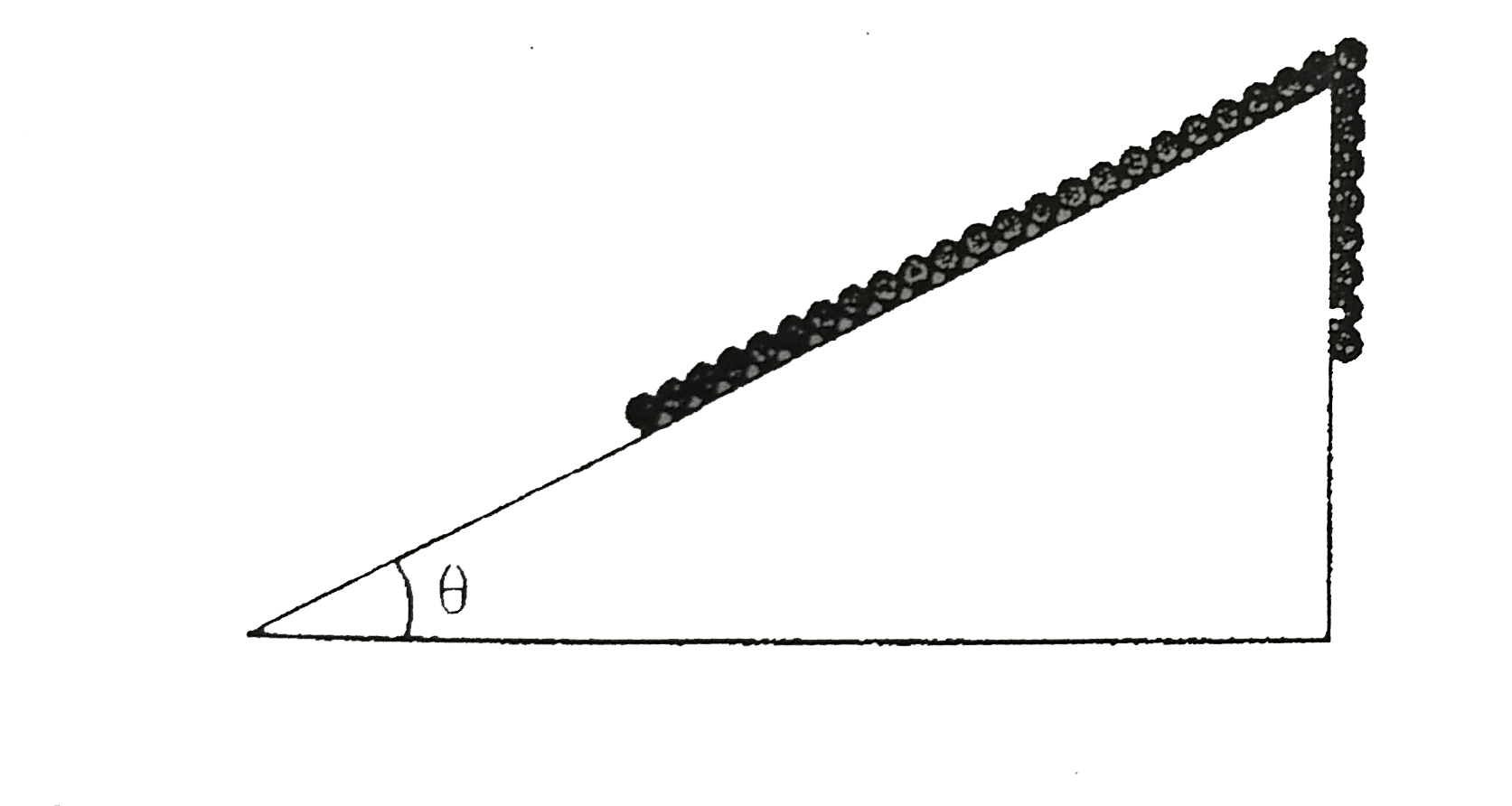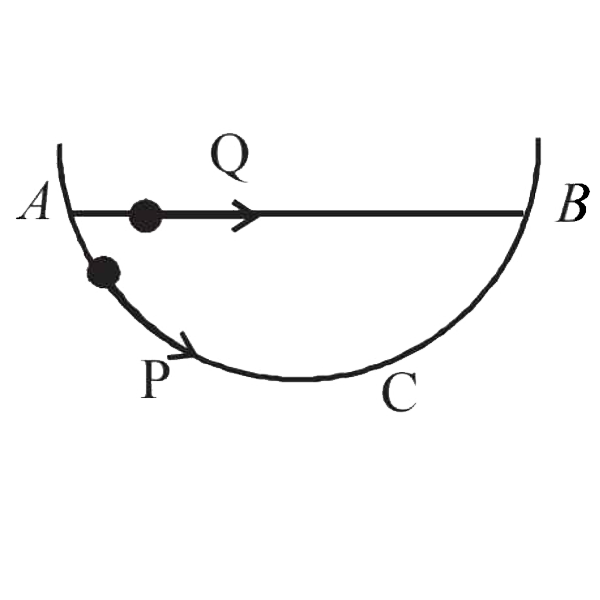Structures called beads on string are
Nucleosomes
Base pairs
Genes
Nucleotides.
The correct Answer is:A
Step-by-Step Solution:
1. Understanding the Question: The question asks about the structures referred to as "beads on a string". This is a common term used in biology to describe a specific arrangement of DNA and proteins.
2. Identifying the Options: The options provided are:
- Nucleosomes
- Base pairs
- Genes
- Nucleotides
3. Analyzing Each Option:
- Nucleosomes: These are the fundamental units of DNA packaging. They consist of a segment of DNA wrapped around a core of histone proteins.
- Base pairs: These refer to pairs of nitrogenous bases that form the rungs of the DNA ladder, not structures that resemble beads on a string.
- Genes: These are segments of DNA that code for proteins, but they do not have a bead-like structure.
- Nucleotides: These are the building blocks of DNA and RNA, consisting of a sugar, phosphate group, and a nitrogenous base, but they do not form a bead-like structure.
4. Conclusion: The correct answer is Nucleosomes, as they are specifically described as "beads on a string" due to their structure of DNA wrapped around histone proteins.
5. Final Answer: The structures called beads on a string are Nucleosomes.
---
- Nucleosomes
- Base pairs
- Genes
- Nucleotides
- Nucleosomes: These are the fundamental units of DNA packaging. They consist of a segment of DNA wrapped around a core of histone proteins.
- Base pairs: These refer to pairs of nitrogenous bases that form the rungs of the DNA ladder, not structures that resemble beads on a string.
- Genes: These are segments of DNA that code for proteins, but they do not have a bead-like structure.
- Nucleotides: These are the building blocks of DNA and RNA, consisting of a sugar, phosphate group, and a nitrogenous base, but they do not form a bead-like structure.
Topper's Solved these Questions
- STRUCTURE OF THE CELLBOOK - DINESH PUBLICATION ENGLISHCHAPTER - STRUCTURE OF THE CELLEXERCISE - Check your Grasp
17 Videos
- STRUCTURAL ORGANISATION IN ANIMALS BOOK - DINESH PUBLICATION ENGLISHCHAPTER - STRUCTURAL ORGANISATION IN ANIMALS EXERCISE - Check your grasp
10 Videos
- THE CELL : THE BASIC UNIT OF LIFE BOOK - DINESH PUBLICATION ENGLISHCHAPTER - THE CELL : THE BASIC UNIT OF LIFE EXERCISE - CHECK YOUR GRASP
12 Videos
Similar Questions
The structures which appear as "beads on string" in chromatin under electron microscope have all of the following histone proteins, except
View SolutionSixteen beads in a string are placed on a smooth inclined plane to inclination θ=sin−1(1/3) such that some of them lie along the incline whereas the rest hang over the top of the plane. If N beads lie along inclined plane then the acceleration of the bead just below vertiex is g/2. Value of N is

View Solution
Knowledge Check
The structure in chromatin seen as 'beads-on' string' when viewed under electron microscope are called
AnucleotidesBnuclesidesChistone octamerDnucleosomes.
What are the anatomical structures called that share a common ancestry?
View SolutionUnder electron microscope , chromatin fibres apperar like beads in a string .The beads are appear like beads in a string. The beads are
View SolutionWhat are those structures that appear as 'beads-on-string' in the chromosomes when viewed under electron micro- scope?
View SolutionThe structure in chromatin seen as 'beads-on' string' when viewed under electron microscope are called
View SolutionEnumerate the number of beaded structures ( nucleosmes) present in the nucleus of diploid eukaryotic cell which possess 2.4×106bp.
View SolutionThe network of tiny tubular structures scattered in the cytoplasm is called:-
View SolutionA particle P is sliding down a frictionless hemispherical bowl. It passes the point A at t=0. At this instant of time, the horizontal component of its velocity is v. A bead Q of the same mass as P is ejected from A at t=0 along the horizontal string AB, with the speed v. Friction between the bead and the string may be neglected. Let tP and tQ be the respective times taken by P and Q to reach the point B. Then:

View Solution
